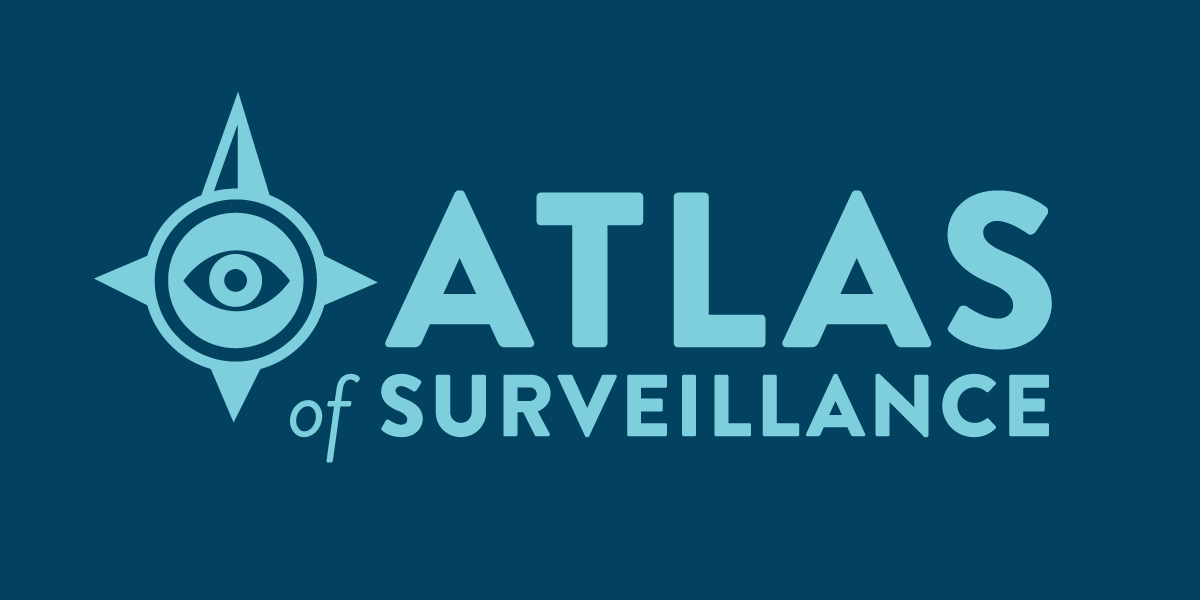| Previous
Page |
PCLinuxOS
Magazine |
PCLinuxOS |
Article List |
Disclaimer |
Next Page |
EFF Launches Searchable Database Of Police Agencies & The Tech Tools They Use To Spy On Communities |
|
by Electronic Frontier Foundation Editor's note: At least in the U.S., and most likely in most every other part of the world, there is increasing concern about governmental overreach, the invasion of privacy, and the threat of general surveillance without cause. This article will at least let people know what forms of surveillance are employed, and where.
Atlas of Surveillance Shines Light on Deployment of Cameras, Drones, and More
San Francisco -- The Electronic Frontier Foundation (EFF), in partnership with the Reynolds School of Journalism at the University of Nevada, Reno, today launched the largest-ever collection of searchable data on police use of surveillance technologies, created as a tool for the public to learn about facial recognition, drones, license plate readers, and other devices law enforcement agencies are acquiring to spy on our communities. The Atlas of Surveillance database, containing several thousand data points on over 3,000 city and local police departments and sheriffs' offices nationwide, allows citizens, journalists, and academics to review details about the technologies police are deploying, and provides a resource to check what devices and systems have been purchased locally. Users can search for information by clicking on regions, towns, and cities, such as Minneapolis, Tampa, or Tucson, on a U.S. map. They can also easily perform text searches by typing the names of cities, counties, or states on a search page that displays text results. The Atlas also allows people to search by specific technologies, which can show how surveillance tools are spreading across the country. Built using crowdsourcing and data journalism over the last 18 months, the Atlas of Surveillance documents the alarming increase in the use of unchecked high-tech tools that collect biometric records, photos, and videos of people in their communities, locate and track them via their cell phones, and purport to predict where crimes will be committed. While the use of surveillance apps and face recognition technologies are under scrutiny amid the COVID-19 pandemic and street protests, EFF and students at University of Nevada, Reno, have been studying and collecting information for more than a year in an effort to, for the first time, aggregate data collected from news articles, government meeting agendas, company press releases, and social media posts. "There are two questions we get all the time: What surveillance is in my hometown, and how are technologies like drones and automated license plate readers spreading across the country?" said Dave Maass, a senior investigative researcher in EFF's Threat Lab and a visiting professor at the Reynolds School of Journalism. "A year a half ago, EFF and the Reynolds School partnered to answer these questions through a massive newsgathering effort, involving hundreds of journalism students and volunteers. What we found is a sprawling spy state that reaches from face recognition in the Hawaiian Islands to predictive policing in Maine, from body-worn cameras in remote Alaska to real-time crime centers along Florida's Gold Coast." Information was collected on the most pervasive surveillance technologies in use, including drones, body-worn cameras, face recognition, cell-site simulators, automated license plate readers, predictive policing, camera registries, police partnerships with Amazon's Ring camera network, and gunshot detection sensors. It also maps out more than 130 law enforcement tech hubs that process real-time surveillance data. While the Atlas contains a massive amount of data, its content is only the tip of the iceberg and underlines the need for journalists and members of the public to continue demanding transparency from criminal justice agencies. Reporters, students, volunteers, and watchdog groups can submit data or share data sets for inclusion in the Atlas. "The prevalence of surveillance technologies in our society provides many challenges related to privacy and freedom of expression, but it's one thing to know that in theory, and another to see hard data laid out on a map," Reynolds School Professor and Director of the Center for Advanced Media Studies Gi Yun said. "Over a year and a half, Reynolds School of Journalism students at the University of Nevada, Reno have reviewed thousands of news articles and public records. This project not only informs the public debate but helps these students improve their understanding of surveillance as they advance in their reporting careers." For the Atlas: https://atlasofsurveillance.org For more on street-level surveillance: https://www.eff.org/issues/street-level-surveillance |



